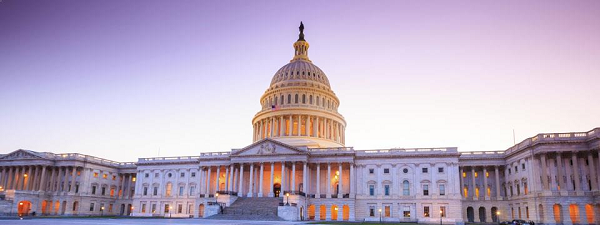Today, the Senate Committee on the Judiciary held a hearing of the Subcommittee on Immigration, Refugees and Border Security that reminded me of a piece I wrote a couple of years ago to explain why I became an immigration lawyer.
The hearing was entitled, “The Economic Imperative for Enacting Immigration Reform.” The Subcommittee received compelling testimony from the CEO of the NASDAQ Stock Exchange on how foreign-born entrepreneurs contribute to startups in the United States; from the General Counsel of Microsoft about how many unfilled high-skilled openings the company has in the United States; and from the President of Cornell University about immigrants’ contributions to our research universities. The panel also heard, however, from three mayors whose towns (Utica, NY; Lewiston, ME; and Uvalda, GA) have been revitalized economically by new immigrants, many of them refugees.
At today’s hearing, we had two apparent poles of the “legal immigration” debate: How much do we focus on high-skilled immigration, and how do we accommodate other immigrants whose hard work will add to our communities, whether they come through family ties, as workers in industries like agriculture, or as refugees?
My response is to ask the following question: What do a child refugee and a promising postdoctoral student have in common? Both wanted to come to the United States for a better life. Both faced a challenging immigration story – the child came to the US ahead of a war and was put through school by his father’s work in a toothbrush factory; the postdoc was invited to the University of Wisconsin but almost had to make his career in Canada instead because of problems in getting a US visa.
Oh, and both of them won the Nobel Prize in Medicine – as United States citizens.
The juxtaposition of the immigrant stories of Eric Kandel and Oliver Smithies, winners of the 2000 and 2007 Nobel Prizes in Medicine respectively, perfectly frames the testimony at yesterday’s hearing on immigration and the economy. At the time each of these men was allowed to immigrate to the US – as a 10-year-old Jewish refugee fleeing Austria in 1939, in the case of Kandel, and just after earning his doctorate from Oxford in the case of Smithies -their potential was not yet apparent. In today’s immigration system, they would have had difficulty proving their “national interest” or “well founded fear of persecution,” and yet sending them back where they came from would have deprived the United States (and perhaps the world) of two great scientists.
Immigrants like Kandel and Smithies — and like the Somali immigrants of Lewiston, Maine, and the farm workers of Uvalda, Georgia — bring enormous potential and energy with them. While some have already won their prizes and renown, others are just beginning to show their promise. Many bring their time and talent to the United States in less noticed, but no less important, ways – teaching our children, caring for our patients, helping run our businesses. Many come to join an American spouse, or parent, or child.
All enrich our country as they work to make a better life for themselves and their children. Why shouldn’t we welcome them?






